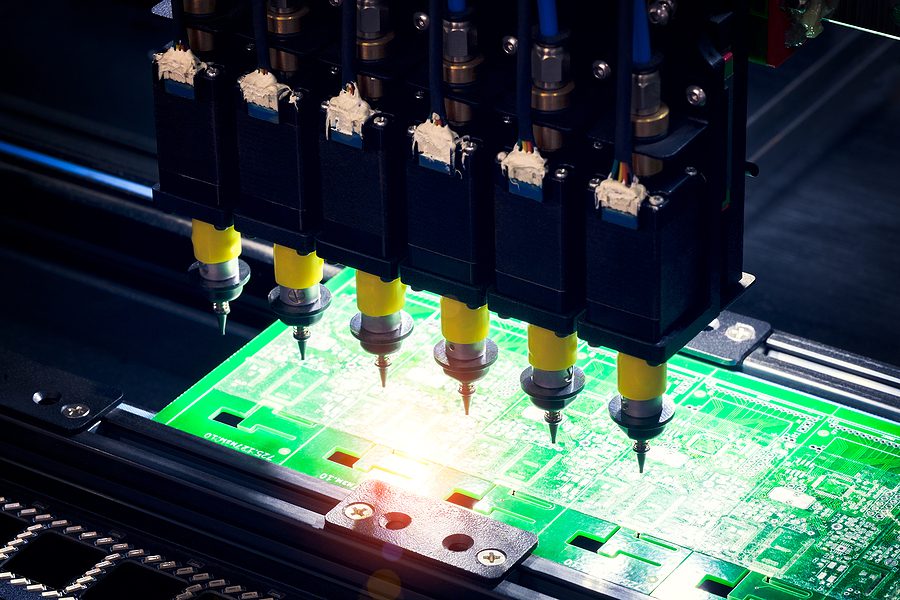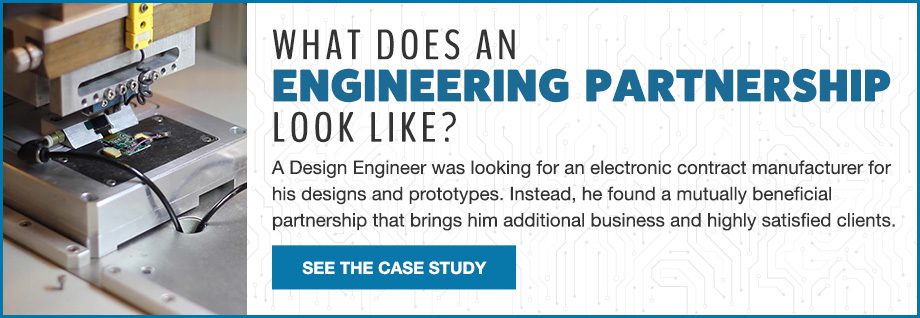Valuable Tool for Increasing the Reliability of Your Next PCB
In any project’s timeline, there exists a window where the only goal is to reduce costs and determine what exactly is needed for final production. This can be a perilous time. Cut too aggressively, and you may end up with a final product that is lacking. Not cut enough, and you may end up with a product that could be costing you more to produce, and cutting into your bottom line.
At the rate innovation and technology are turning over, doing things efficiently and with the most cost savings from the beginning is imperative. Unfortunately, some PCB designers get so hung up on getting things done as quickly as possible on the front end that they neglect to make things fast and efficient on the back end. This can lead to costly delays and too much room for errors.

That’s where design for manufacturing (DFM) comes into play. DFM takes the initial design or prototype and looks at ways to make its production faster, more efficient, and cheaper. Simply taking the first design off the drawing board may get production started quicker, but taking time in the latter stages to make sure the design is optimized is a worthwhile step.
Manufacturing Process
The most important reason for DFM is to reduce production costs. Why pay more for the same PCB when taking the time to make it as cost-effective as possible can yield outstanding results?
It might be cool to mention you used a certain highly specialized process to create the PCB, but if you don’t need to use that process, why would you? If it can be done cheaper with the same successful results, it makes sense to heed that advice.
Initial Design
Before heading to the manufacturing line, an important part of the DFM process is analyzing the design for possible improvements. How well does your final schematic conform to accepted best practices for manufacturing? This involves looking back on your notes for the manufacturing process to be used. What are the abilities and constraints of that process, and how could your design be optimized for it?
Production Materials
Nobody wants to be known for building things cheaply, but there’s a fine line between making sure your PCB will be safe in a harsh environment and overbuilding for the sake of overbuilding. Sure, there may be more expensive materials that will withstand disagreeable operating conditions even better, but if there’s a less costly material that will survive just as well, doesn’t that make more sense?

While there are no hard and fast one-size-fits-all DFM guidelines that apply to all PCBs, there are general rules of thumb to follow depending on the PCB composition. Will the PCB have copper traces present? A good designer should know then to look for disconnections and trace violations. Is the PCB designed for high-speed digital applications? The designer should know then that normal PCB DFM guidelines won’t necessarily apply.
In the end, every PCB manufacturing process is different, and so the DFM process will also vary from project to project. The important thing to remember is even with a PCB that requires multiple trips down the DFM rabbit hole, the cost savings, and manufacturing efficiency it delivers are well worth the effort.
Start Your Quote Now!For this reason, choosing an ECM with a stringent DFM process can be extremely valuable to your next project. That’s why we place so much importance on a DFM process for all PCB productions. We’ll save you time and money on your next PCB project, and deliver a board that meets your exact specifications as cost effectively and efficiently as possible. Contact Levison Enterprises for a free quote today!